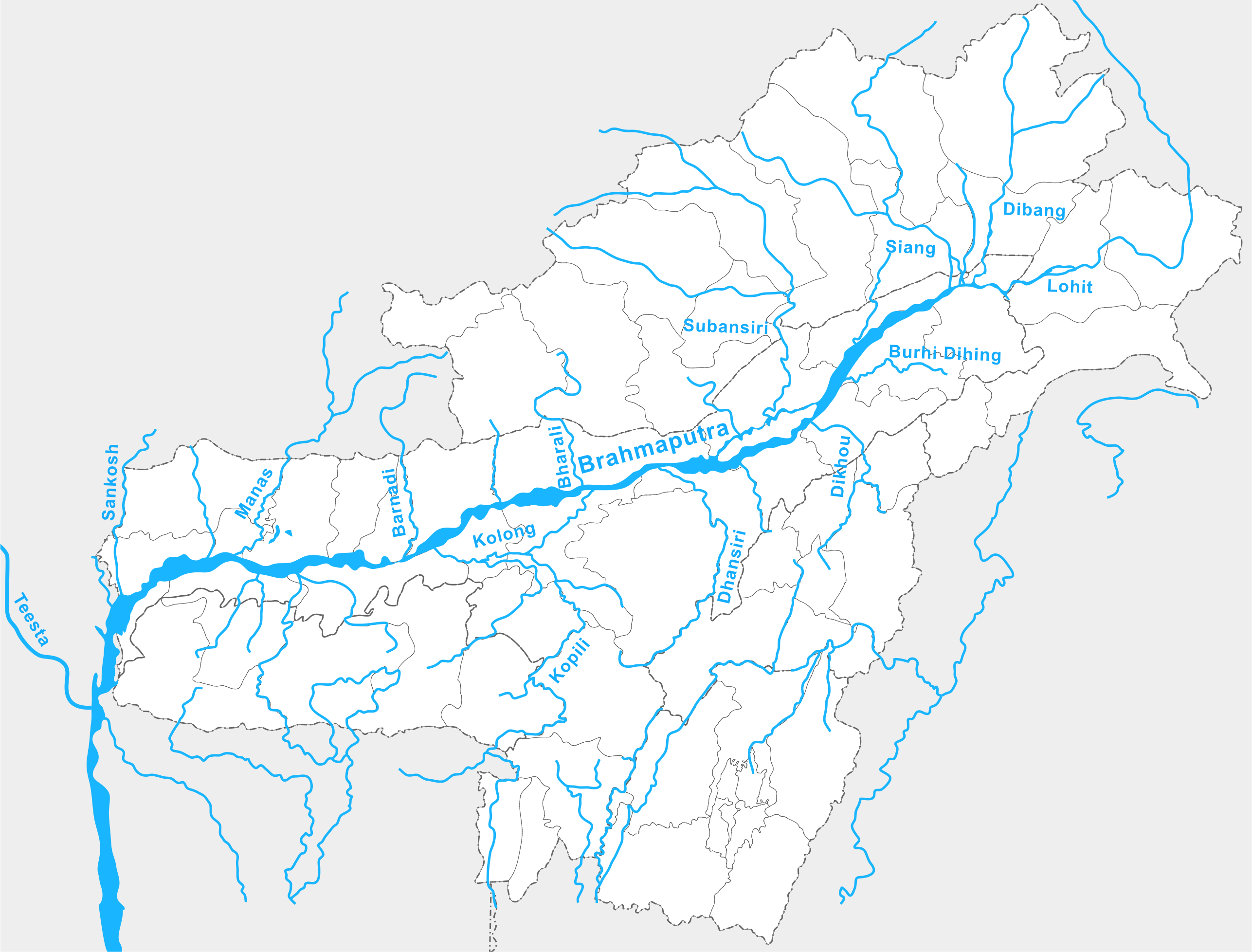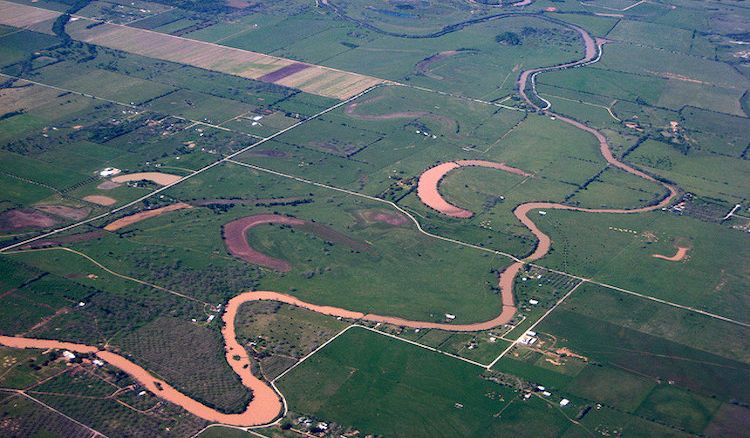Crude Spillage in Burhi Dihing River | 04 Feb 2020
Why in News
A stretch of Dihing or Burhi Dihing in Eastern Assam’s Dibrugarh district witnessed fire following the spillage of crude oil which was being transported to Digboi refinery.
- Assam is an ecologically sensitive state, spillage of crude or processed oil in river bodies threatens aquatic life.
Oil Spill
- An oil spill is the release of a liquid petroleum hydrocarbon into the environment, especially the marine ecosystem, due to human activity, and is a form of pollution.
Dihing River
- Dihing or Burhi Dihing is a large tributary of the Brahmaputra River in Upper Assam.
- The river originates in the Eastern Himalayas (the Patkai Hills) in Arunachal Pradesh and flows through Tinsukia and Dibrugarh Districts in Assam to its confluence with the Brahmaputra at Dihingmukh.
- It creates a number of oxbow lakes in the area.
- Other Tributaries of the Brahmaputra River: Dibang River, Lohit River, Dhansiri River, Kolong River, Kameng River, Manas River, Beki River, Raidak River, Jaldhaka River, Teesta River, Subansiri River.
Digboi Oil Refinery
- It is India's oldest operating refinery and one of the oldest operating refineries in the world.
- It is situated in Tinsukia district of Assam.
- The historic Digboi Refinery has been termed as the "Gangotri of the Indian Hydrocarbon sector.
Oxbow Lake
- An oxbow lake is a lake that starts out as a curve, or meander, in a river. The U-shaped lake forms along the side of the river as the river finds a different, shorter, course.
- Water does not flow into or out of oxbow lakes hence they often become swamps or bogs, and dry up as their water evaporates.
- A meander is a curve in a river. Meanders form a snake-like pattern as the river flows across a fairly flat valley floor.
- Meanders are typical of the middle and lower course of a river. This is because vertical erosion is replaced by a sideways form of erosion called lateral erosion, plus deposition within the floodplain.


